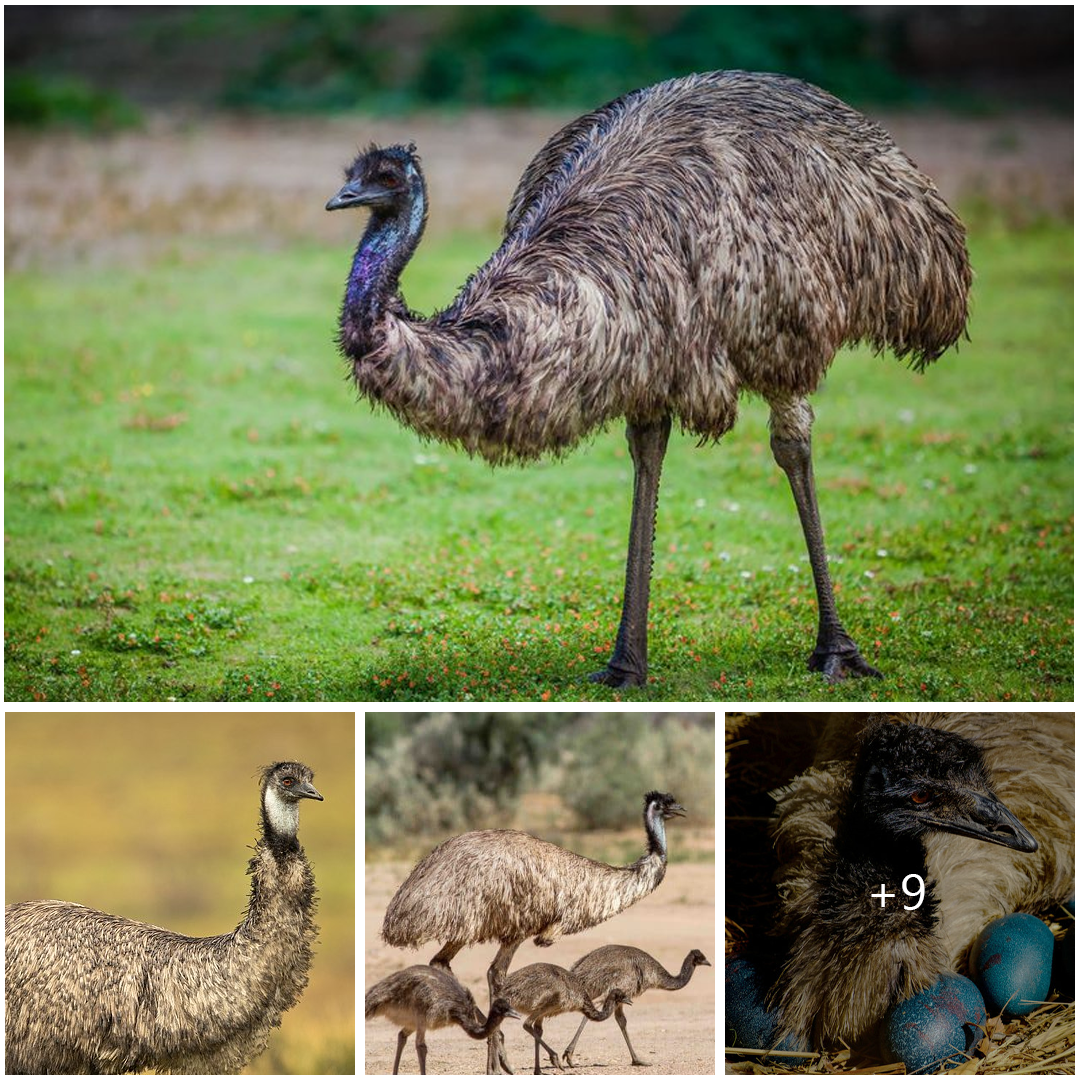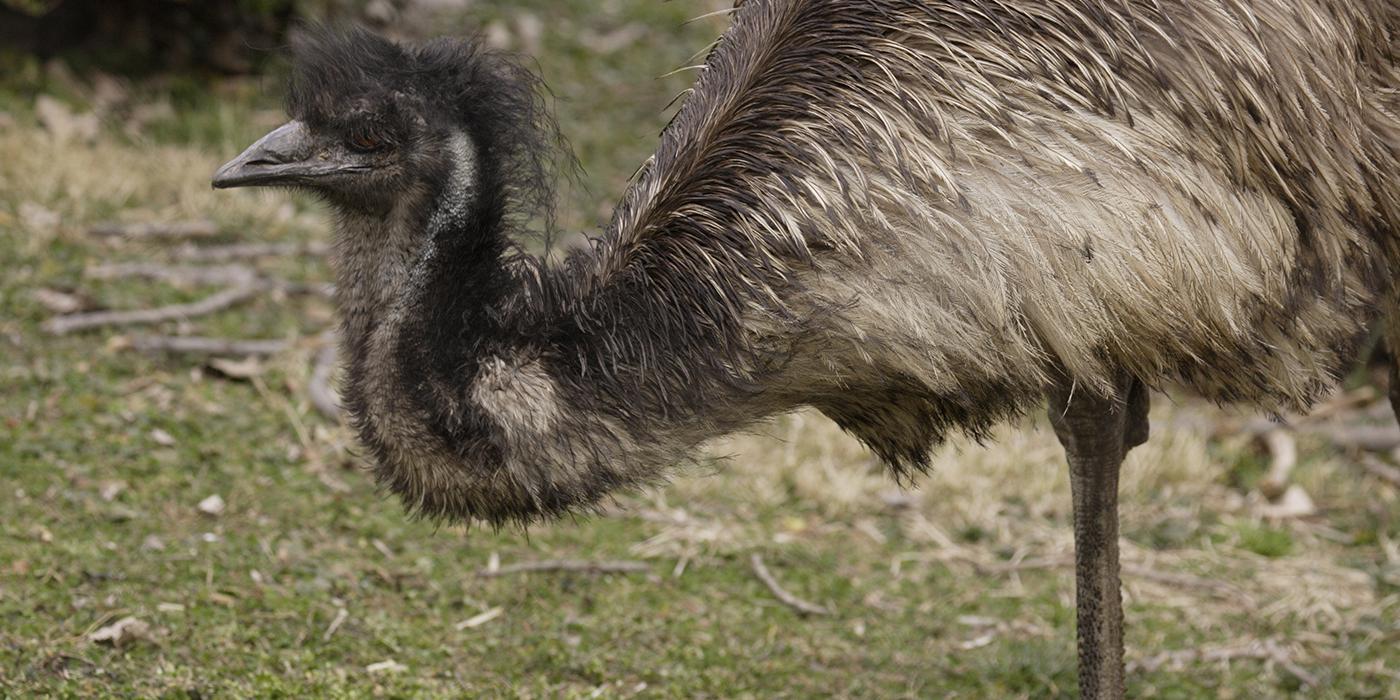
Unraveling the Enigma of the Emu: Australia’s Majestic Flightless Bird
The emu, known scientifically as Dromaius novaehollandiae, is a remarkable and iconic bird native to Australia. Renowned for its towering stature, distinctive appearance, and fascinating behaviors, the emu holds a special place in both the natural world and the cultural heritage of Australia.
Standing tall as the second-largest living bird globally after the ostrich, the emu belongs to the ratite group, which includes flightless birds such as ostriches, rheas, and kiwis. Its striking physical features include a long neck, powerful legs, and soft, brownish-black feathers that provide excellent camouflage in its natural habitat.

Emus are highly adaptable creatures, found in a diverse range of environments across Australia, including forests, woodlands, grasslands, and semi-arid regions. They are well-suited to various climates and terrains, from the tropical north to the temperate south, demonstrating their resilience and versatility.
One of the most intriguing aspects of emu behavior is their distinctive courtship rituals and mating habits. During the breeding season, male emus become vocal and perform elaborate displays to attract females. These displays often involve drumming sounds created by inflating their throat sacs and emitting deep, resonant calls to establish dominance and court potential mates.
Emus are also notable for their role as caring parents. After mating, female emus lay large, dark-green eggs in shallow nests lined with vegetation. Once the eggs hatch, typically after an incubation period of around 50 days, the male takes on the primary responsibility of incubating the eggs and caring for the chicks. This paternal care is a unique feature among birds and is essential for the survival of the offspring in the harsh Australian environment.
In addition to their ecological significance, emus hold cultural importance for Indigenous Australian communities, who have long revered these majestic birds as symbols of strength, resilience, and spiritual connection to the land. Emus feature prominently in Aboriginal mythology, art, and storytelling, reflecting their deep cultural significance and enduring legacy in Australian society.

However, despite their adaptability and cultural significance, emus face various conservation challenges, including habitat loss, fragmentation, and human-wildlife conflicts. Efforts to protect and conserve emu populations are crucial for safeguarding the ecological integrity of Australia’s diverse ecosystems and preserving the cultural heritage associated with these iconic birds.
In conclusion, the emu stands as a symbol of Australia’s unique wildlife and cultural heritage, captivating the imagination of people around the world with its majestic presence and enigmatic behaviors. By understanding and appreciating the significance of the emu, we can ensure the continued conservation and appreciation of this iconic species for generations to come.





